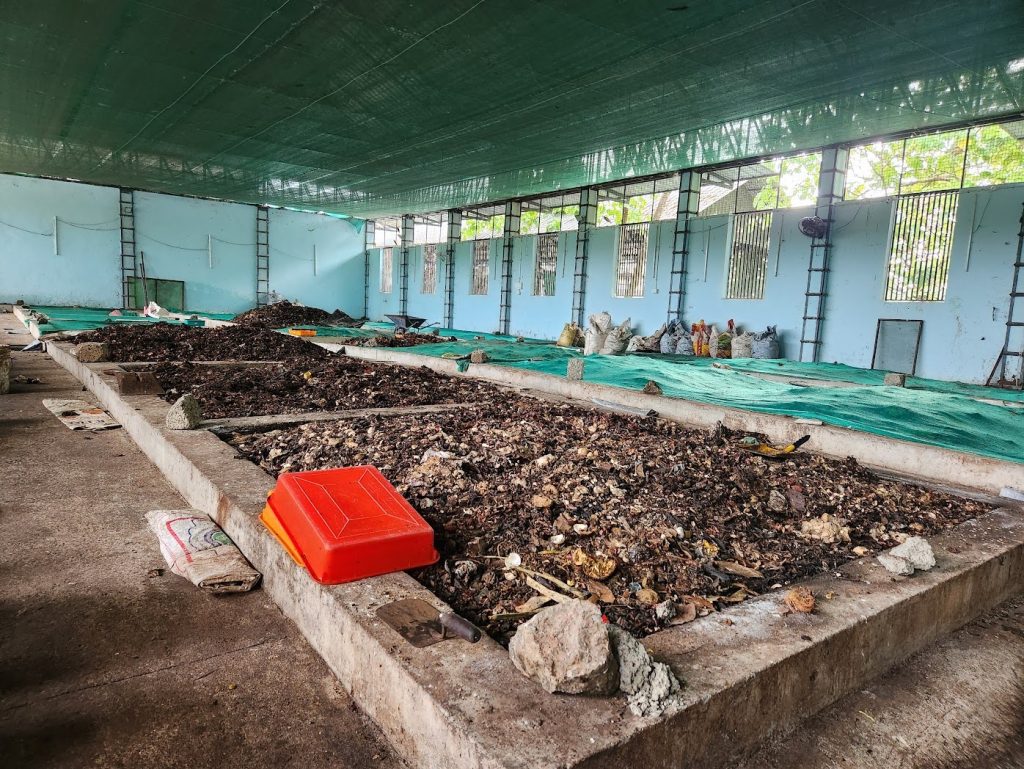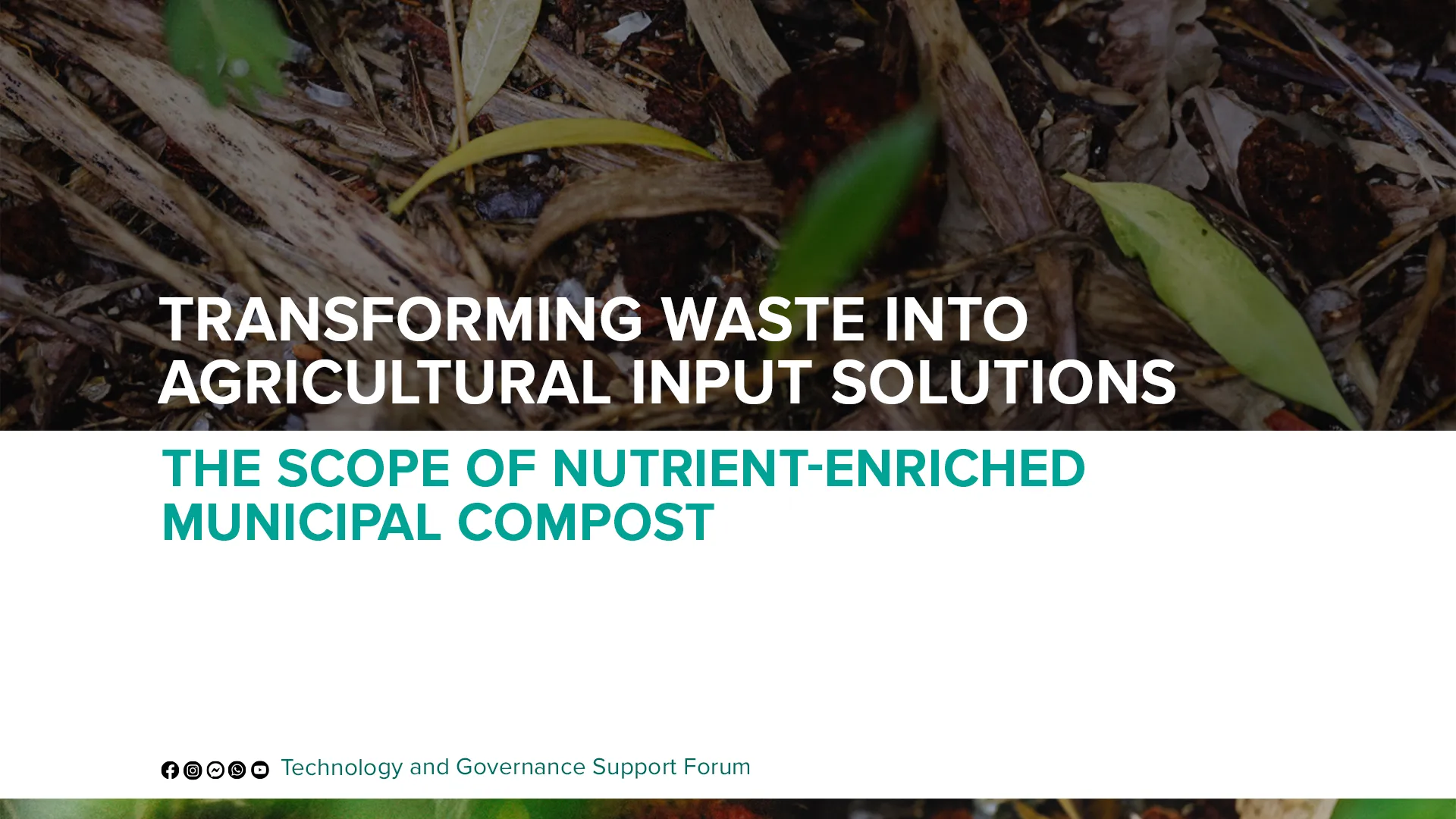Waste Management Techniques: Learning from Diverse Contexts
Waste management is one of the most pressing global issues of our time, impacting not only the environment but also the health and well-being of communities. With the rapid urbanization and population growth, the amount of waste generated is reaching unprecedented levels, posing significant challenges for cities and towns. However, amid these challenges, innovative and sustainable waste management solutions are emerging, transforming waste from a burden into a valuable resource. The key takeaway is that understanding the unique characteristics of the waste stream and the local context is crucial in selecting the most appropriate and efficient waste management technology. Let’s explore how various locations are transforming waste into treasure through customized techniques.
Pelican Ventures, Ernakulam: Community-Driven Composting
Imagine living in a neighbourhood where your waste is transformed into lush greenery, creating a vibrant and sustainable place within the urban landscape. This is the reality for residents in Ernakulam, thanks to the visionary approach of Pelican Ventures, a leading private company that has revolutionised organic waste management.
Pelican’s magic lies in a simple yet effective strategy that harnesses the power of community engagement. Each set of 100 households is equipped with paired bins capable of handling 15-20 kilograms of organic waste daily. But what sets this system apart is the specially designed pipes that ensure smooth airflow, creating optimal conditions for composting.


The true genius of Pelican’s model, however, lies in how it empowers residents to take an active role in waste management. By providing dedicated labour forces to oversee waste segregation, Pelican not only promotes responsibility but also cultivates a sense of ownership among community members. This approach fosters a collective commitment to sustainability, transforming waste from a burden into a valuable resource.

The result? Quality compost produced by this community-driven initiative is used for soilless gardening on metro medians and ornamental plants, adding a vibrant green touch to urban spaces. While the system’s high cost may pose challenges for large-scale implementation in an economically weak community, Pelican’s model exemplifies how harnessing the power of community engagement can pave the way for sustainable waste management.
Thangassery's Mechanized Aerobic Composting: Tackling Coastal Waste
Nestled along the coastal region of Kollam, Thangassery faces unique challenges in waste management. With a high volume of organic waste, including fish remnants, this bustling beach area required a different solution. Enter TECH FARM INDIA, a pioneering organization that has introduced an innovative twist on the traditional Thumboormuzhi aerobic composting model.
Imagine this: residents bring their waste in vessels to designated trolleys, where it is collected, segregated and processed by a mechanized unit. Despite the high water content and occasional plastic contamination, this facility handles it all with ease. The waste is shredded, compressed, and dewatered before being transferred to an aerobic compost bin. After adding a special inoculum, the composting process kicks off, transforming the waste into valuable compost within just 7 days.


However, like any groundbreaking solution, this mechanized approach has its own set of challenges. When the waste undergoes shredding and dewatering, it leads to the creation of effluent as a byproduct. This effluent (water after shredding and dewatering) poses a significant treatment issue, as the capacity of the equipped tanks becomes insufficient for its collection and treatment.
Vaadi, Kollam: The Thumboormuzhi Model in Action
In the densely populated lanes of Vaadi, Kollam, evenings come alive with residents carrying their food waste to a local composting facility. Here, the Thumboormuzhi aerobic composting unit consisting of a total of 8 aerobic bins, with dimensions 4x4x4 feet efficiently handles waste from over 3000 families.
At the heart of this system is a dedicated team of three workers, ensuring smooth operations by treating around one ton of organic waste daily. The aerobic bins, housed in a shed, serve as the beating heart of this composting process.

While the process itself is efficient, there is room for improvement in managing the produced compost. Currently, the compost is buried on-site, raising environmental concerns. Additionally, the leachate management system needs an upgrade to make the overall process truly sustainable.
Muvattupuzha Municipality: Windrow Composting Excellence
In the municipality of Muvattupuzha, Criss Globals operates a windrow composting unit that showcases efficiency in waste management. Treating 1.5-2 tons of organic waste daily, primarily from fruit & vegetable markets and garden trimmings, this unit starts with careful segregation to remove any inorganic materials, ensuring a high-quality composting process.
Nine windrow plots, each measuring 3 feet wide and 8 feet long, receive waste on alternating days. This methodical approach allows for waste addition over a span of 5-6 days in each plot through layer-by-layer addition of waste each day, creating a streamlined and efficient system. The composting process takes approximately three months, resulting in rich compost.



By integrating innovation, efficiency, and a deep understanding of local conditions, this windrow composting system exemplifies how customized solutions can lead to sustainable waste management practices.
Black Soldier Fly Larvae Composting: A Bug's Life in Waste Management
Right next to the windrow composting unit in Muvattupuzha, another fascinating method unfolds, harnessing the power of nature’s own recyclers to break down organic waste. Black Soldier Fly (BSF) larvae composting is a unique and eco-friendly approach that showcases the immense potential of even the smallest creatures in waste management.
In this facility, BSF larvae are cultivated in vessels and then distributed across 32 composting slots. These tiny workers, fueled by an insatiable appetite, digest the waste within a remarkable timeframe of 2-2.5 weeks. Maintaining the right moisture levels is crucial for their efficiency, ensuring optimal conditions for these hardworking larvae to thrive.
While some larger waste pieces, such as eggshells and watermelon chunks, may not fully break down, leading to occasional odour issues, this method is a testament to the incredible potential of nature’s own recyclers in tackling organic waste.

Despite currently receiving more waste than it can handle, this BSF larvae composting system offers a promising, low-tech solution to organic waste management. Its simplicity and reliance on natural processes make it an attractive option for communities seeking sustainable and cost-effective solutions.
From community-driven initiatives in Ernakulam to mechanized solutions in Thangassery, and nature’s own decomposers in Muvattupuzha, these diverse techniques showcase the power of creativity and adaptability in waste management. Whether it’s harnessing the power of community engagement, embracing cutting-edge technology, or leveraging the untapped potential of nature’s recyclers, each of these methods offers valuable lessons on how to turn waste into a valuable resource. As we continue to grapple with the challenges of waste management, these examples serve as a reminder that solutions can be as unique and diverse as the communities they serve.
Selecting the most suitable technology for waste management is not just about considering the quantity of waste generated; it’s equally crucial to understand the composition and properties of the waste itself. The diverse approaches we’ve encountered teach us a valuable lesson: the importance of understanding the unique context and composition of waste streams.
Imagine a fabric woven with threads of various colours, textures, and origins – that’s the intricate nature of waste. From market waste with its leftover vegetable parts and rotten components to household waste dominated by kitchen scraps and agricultural waste from farming activities, each type of waste possesses unique characteristics that influence the effectiveness of different composting methods.
Some technologies may excel in handling specific waste streams, while others might need to improve when faced with varying compositions or properties. The efficiency of the unseen workers -the microbes driving this process- directly depends on the chemical composition and properties of the waste they encounter.
As we look into the context of waste production in Alappuzha, it becomes evident that the selection of treatment technologies should be adjusted to the diverse contexts within the region. Commercial establishments, such as hotels and restaurants, generate different types of waste compared to households or markets. Hotels and eateries predominantly produce food waste and kitchen waste, while markets contribute significantly to vegetable and fruit waste. Household waste and commercial establishments, though generated in lower quantities, exhibit a diverse composition, like a vibrant collage.
Envisage this: windrow composting proves to be an excellent solution for market waste, as it facilitates the natural decomposition of leftover vegetables and fruits from the market. The water content of these waste items can be effectively managed through the windrow method, promoting shrinkage and enabling efficient composting. Community-level waste management can be tackled through in-vessel composting systems, which are particularly suitable for areas with space constraints and medium levels of waste generation. Imagine a cosy neighbourhood, where every shop contributes to a collective effort. Concurrently, waste-to-energy solutions, such as biogas plants at the community level, present an attractive option for generating energy while treating waste. Waste becomes the fuel for a greener future. At the household level, composting can be achieved through bio-bins or small-scale biogas plants, offering a localized and sustainable approach. Envision a backyard garden, where the waste becomes a nourishing source for vibrant blooms and lush vegetation.
By identifying the quantity and composition of waste, and understanding the prevailing constraints within a given context, the selection of appropriate waste management technologies becomes more streamlined. The best-fit solution may involve modifying or combining existing technologies, and altering them to the specific needs and characteristics.
Embracing this context-driven approach empowers us to implement effective and sustainable waste management practices that align with their unique circumstances. It’s a journey of discovery, where each community whether within the commercial establishments or residents becomes the author of their own waste management narrative – a story woven with threads of technology, sustainability, and harmony with nature.








